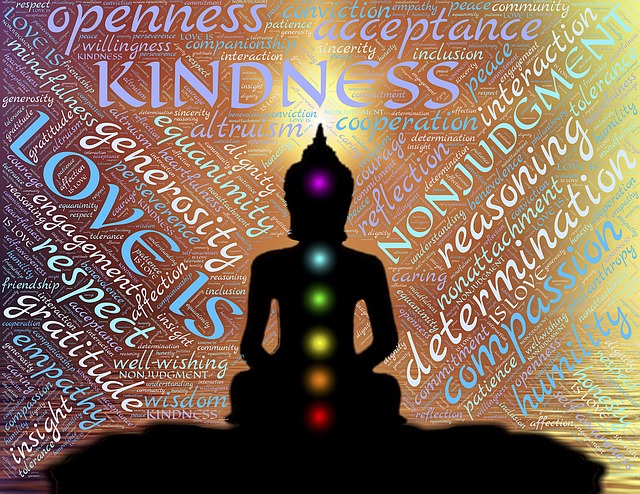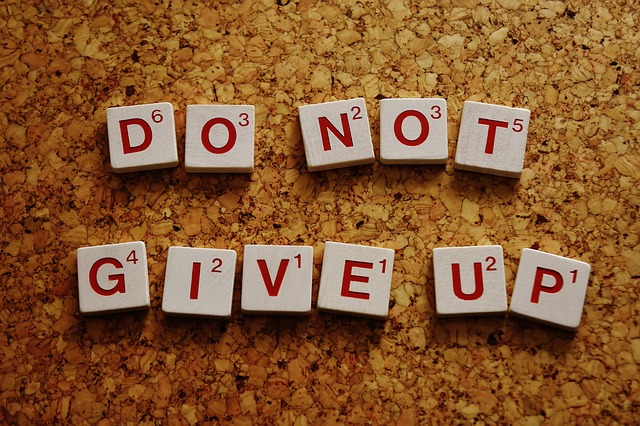Diana Winston introduced the use of mindfulness meditation to reduce anxiety in a recent guided meditation podcast through the Mindfulness Awareness Research Center (MARC), UCLA. The catalyst for the meditation was the anxiety she experienced listening to the news one morning before undertaking her daily meditation. She explained that she normally began her day meditating before anything else. On the occasion she described, Diana started the day with listening to the news – a departure from her normal routine. Starting the day with meditation is often recommended by mindfulness experts as a way to set your intentions for the day and strengthen your capacity to manage the challenges that will inevitably occur in the day ahead.
Diana found the news disturbing and she found herself very anxious – an anxiety that she experienced physically as well as emotionally and intellectually. In these situations when we experience news that is traumatic, upsetting or triggering, our minds tend to move to the worst possible scenario…”What if..”, ‘How will they cope?” Diana decided to turn to mindfulness meditation as a way to manage her anxiety and disturbed mind.
Guided mindfulness meditation for anxiety
Diana’s approach to the guided meditation followed a number of steps:
- Grounding – starting with a couple of deep breaths, you can begin to release some of the bodily tension through your out-breath. Next, adopt a comfortable posture wherever you are undertaking the meditation – on a chair, lying on the ground, sitting on the floor or lying on a bed. The central focus of the meditation is to pay attention to the sensation of solidity provided by the ground – you can access this sensation by focusing on your feet on the floor, your body on the ground, or the bed or chair on the floor which, in turn, is linked to the earth via the foundations of your house/building. It is important to use whatever imagery or bodily sensation is useful to enable you to feel “solid” and grounded. This is your return point throughout the meditation.
- Body scan – begin a non-specific body scan by exploring wherever there is tension in your body. When you locate an area or point that is tense, you can bring your attention to this point and consciously breathe out to releases this tension (you may need to do this a couple of times, if you are particularly uptight).
- Choosing an anchor – one of the issues with anxiety is a racing mind, so it is important to have an anchor to constantly bring your mind back to your desired focus. There are many choices for an anchor – your breath, the sounds in your room or externally, your hands resting easily on your lap. However, it is important to choose something that does not itself trigger further anxiety, stress or trauma. Diana suggests that you can always use the grounding sensation itself or focus on an object (e.g. a painting or a tree) which itself can lock in your attention.
- Exploring bodily manifestations of anxiety – to achieve equanimity you have to be able to face your anxiety and the bodily manifestations that it generates, but this can be done gradually. You may want to start with a small source of anxiety in the first place as Diana suggests. Alternatively, you may find it important to focus on the anxiety that is really troubling you the most, so you can create a sense of ease as you go about your day. Whatever anxiety-generating event/incident you choose, it is important to feel how it is experienced in your body. Your mind-body connection means that feelings find expression in your body, whether experienced as good or bad. The task here is to tap into how you are experiencing your anxiety or disturbed feeling in your body – it could be tightness in your neck or arms, soreness in your shoulders or legs, a queasy stomach, tightness in your forehead or any other bodily sensation or combination of sensations. The important thing is to get in touch with a bodily sensation at this stage and focus on it so that you can work towards its release.
- Revisiting your groundedness – Diana advises you to take the previous step progressively and iteratively. So you might start with a particular sensation and experience it fully and then return to your sense of groundedness, so the anxious sensation does not throw you off-balance. By sensing, releasing, re-grounding, you can progressively cleanse your body of the tension – this, in turn, will help to reduce your anxiety-provoking thoughts and associated emotions. The intensity of your anxiety will affect how long or how often you need to employ this meditation. Small steps can have large effects with persistence.
- Loving-kindness to yourself – in all this, it is important to realise that we all experience anxiety at different times and events in our lives. It is vital to be kind to yourself and not berate yourself for your assumed “weakness”, “over-sensitivity” or “softness”. It is human to feel fear and to experience uncertainty, especially in today’s world of the pandemic and racial, national and international conflicts. Part of caring for yourself in the middle of your anxiety is to tell yourself that it is okay to feel anxious, the feelings will pass and external events will change; and to acknowledge that there are many things that you do not have control over.
- Loving-kindness towards others – this involves extending kind and empathetic thoughts to others who are experiencing anxiety or are the subject of your worry and concern. There may be people who are experiencing local conflicts or threatening situations that you are anxious about. Accepting that you cannot control the situation is a starting point and then offering them kindness in your thoughts may be all you can possibly do. If you can take compassionate action, then, this will help them and yourself.
Reflection
The MARC meditation podcasts are provided on the UCLA website and via an app, and are offered to enable us to “develop self-awareness, emotional regulation and increased well-being”. Diana makes the point that mindfulness meditation on anxiety equips us to deal with life’s difficulties and challenging emotions. Persistent practice can deepen our resolve, strengthen our connectedness and achieve better integration of our mind and body. As we grow in mindfulness, we will be able to choose wise actions, overcome habituated responses and achieve equanimity and ease.
_______________________________________
Image by Aneta Rog from Pixabay
By Ron Passfield – Copyright (Creative Commons license, Attribution–Non Commercial–No Derivatives)
Disclosure: If you purchase a product through this site, I may earn a commission which will help to pay for the site, the associated Meetup group, and the resources to support the blog.



